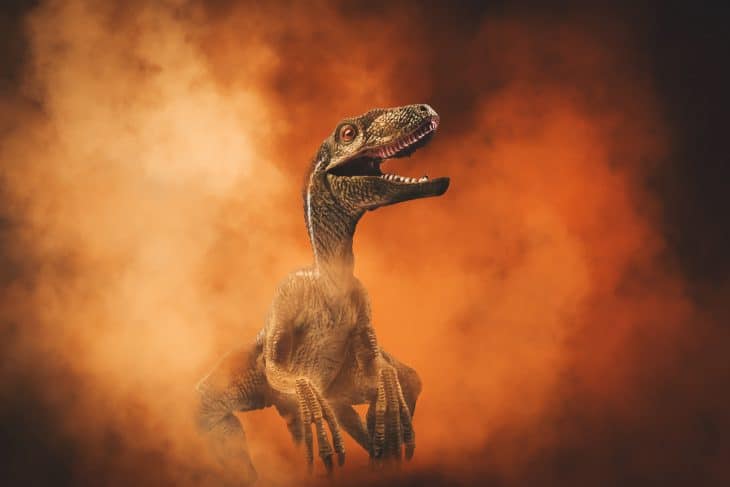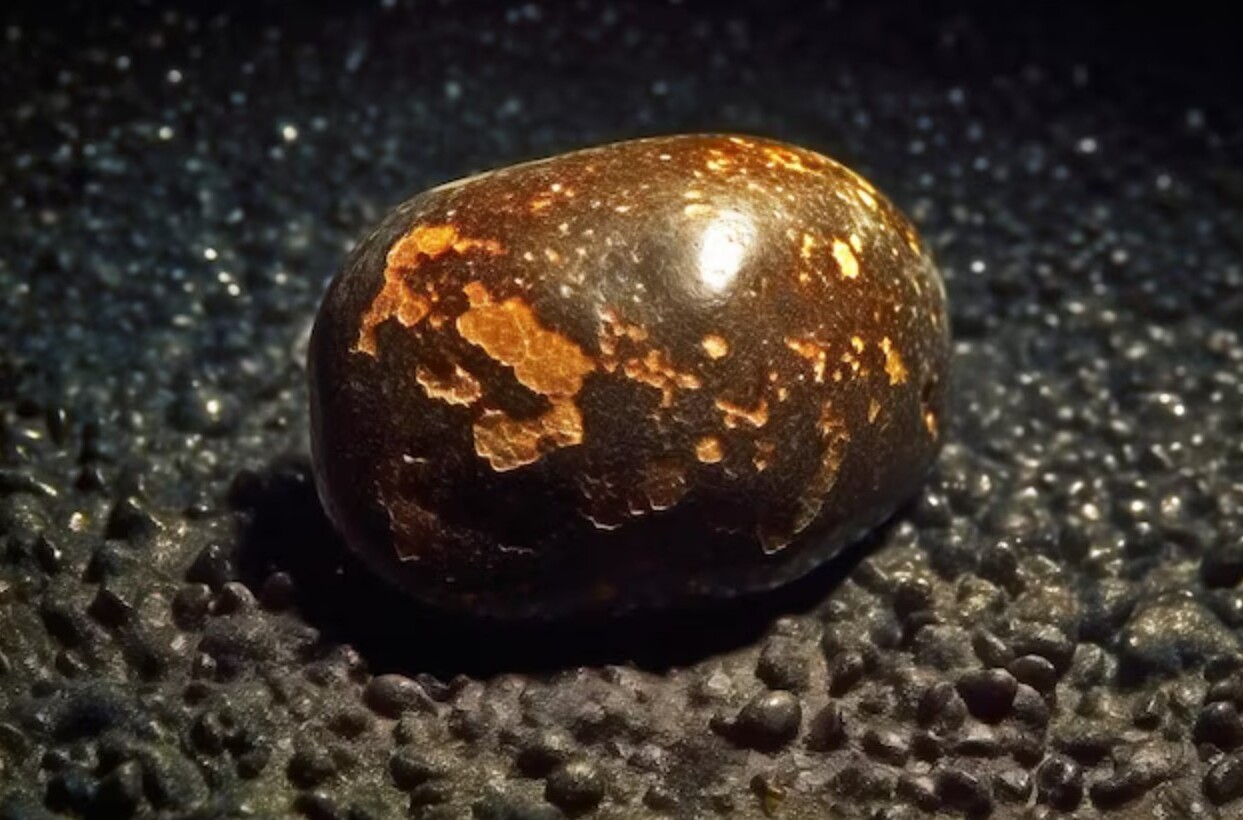
When people hear the name Velociraptor, they automatically imagine fast, intelligent, and deadly, pack predators. At least, that’s the impression that popular fiction has given people about this dinosaur. It’s made Velociraptors one of the most famous dinosaurs in the world, but fact and fiction don’t mean the same thing. Learn the truth about these prehistoric celebrities with these 40 Velociraptor facts.
- Popular fiction typically shows Velociraptor standing around 2 meters tall, and weighing around 80 kg.
- In reality, Velociraptors stood only around 122 cm tall, with a weight of up to 14 kg.
- However, they could grow up to 2 meters long, from the tips of their snouts to the ends of their tails.
- Their skulls could also account for up to 25 cm of their total body length.
- Velociraptors also had up to 28 teeth, with the teeth having serrations on their backs.
- Velociraptors lived between 75 and 71 million years ago.
- Inconclusive evidence suggests they may have evolved even earlier, up to 80 million years ago.
- In 1924, Henry Osborn gave the dinosaur its first scientific name, Ovoraptor djadochtari.
- Later that same year, he changed it to the modern Velociraptor mongoliensis.
- Paleontologists first discovered Velociraptor fossils in Mongolia’s Gobi Desert in 1923.
- Soviet and Polish scientists monopolized studies of the Velociraptor during the Cold War.
- Western scientists regained access to Velociraptor fossils after the Cold War.
- In 1990, Canadian and Chinese scientists jointly discovered Velociraptor fossils in Northern China.
- In 2008, scientists discovered a second Velociraptor species, Velociraptor osmolskae.
- Several fossils once thought to belong to Velociraptors became reclassified in 2021 as another species, Shri devi.
- Velociraptors commonly get referred to by their simpler nickname of raptors.
- Raptors in popular fiction often get confused with the older Deinonychus genus of dinosaurs.
- In reality, Deinonychus had gone extinct long before the first raptors evolved.
- All raptor fossils today come from desert regions in Mongolia and Inner Mongolia.
- Other relatives of the raptor include Achillobator and Utahraptor.
Was this page helpful?
Our commitment to delivering trustworthy and engaging content is at the heart of what we do. Each fact on our site is contributed by real users like you, bringing a wealth of diverse insights and information. To ensure the highest standards of accuracy and reliability, our dedicated editors meticulously review each submission. This process guarantees that the facts we share are not only fascinating but also credible. Trust in our commitment to quality and authenticity as you explore and learn with us.


